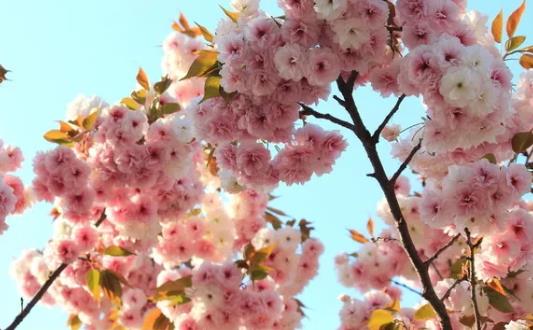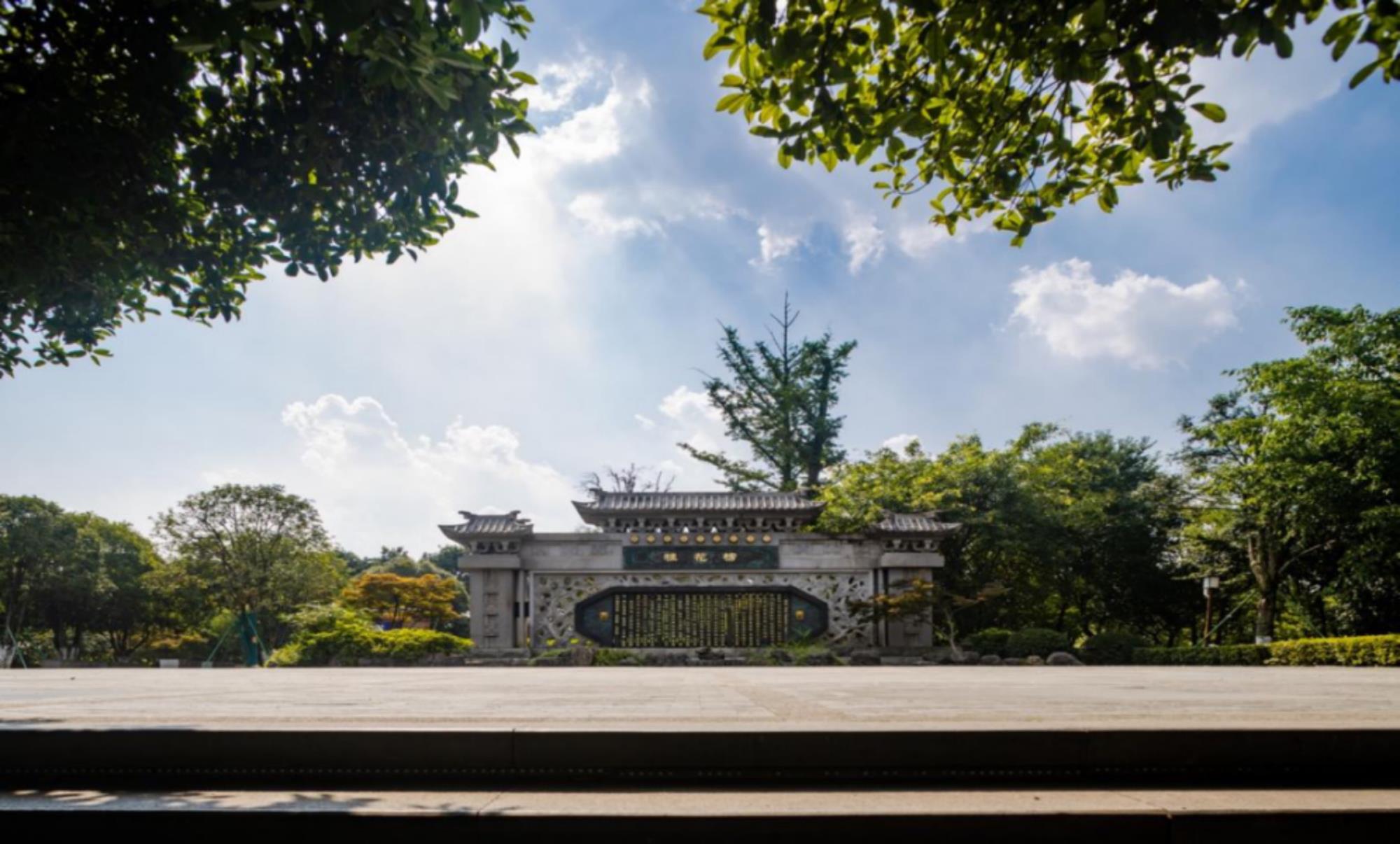
Sakura (scientific name: Prunus subg. Cerasus sp.): it is a plant of Rosaceae and Sakura subgenus. It is not a flower. In the horticultural field, Sakura is the general name of all species and planting varieties of Prunus and Sakura subgenus. In the newly revised name of flora of China, it refers to "Tokyo cherry blossom", also known as "Japanese Cherry Blossom". There are many kinds of cherry blossoms, with more than 300 kinds. There are about 150 kinds of wild cherry blossoms in the world and more than 50 kinds in China. Among the ancestors of about 40 wild species of Sakura plants in the world, 33 species originated from China. Others are derived from horticultural hybrids.
Growth habit:
Sakura is a temperate and subtropical tree species. It likes sunshine and warm and humid climate. The requirement for soil is not strict. It should be grown in loose and fertile sandy loam with good drainage, but not in saline alkali soil. The root system is shallow, and ponding is prohibited in low-lying land. It has certain cold and drought resistance, but it has weak resistance to smoke and wind. Therefore, it is not suitable for planting in coastal areas with typhoons.
Curing method:
Cherry blossom is fertilized twice a year, and acid fertilizer is the best. One is winter fertilizer, and organic fertilizers such as bean cake, chicken manure and rotten fertilizer are applied in winter or early spring; Another time, after falling flowers, ammonium sulfate, ferrous sulfate, calcium superphosphate and other quick acting fertilizers were applied. Generally, the method of hole application can be adopted for fertilizing large cherry trees, that is, a circular ditch with a depth of about 10cm is dug at the edge of the crown: the positive projection line, and the fertilizer is applied. This method is simple and convenient for root absorption. With the growth of the tree, the diameter and depth of the circular groove for fertilization will also increase. The root system of Sakura is shallow and requires good drainage and air permeability. Therefore, people, animals and vehicles are prohibited from tamping the soil around the tree, especially within the distribution range of the root system. Trampling by pedestrians will weaken the tree, shorten its life, and even cause rotten roots to die.




